North American Plate: Tectonic Boundary Map and Movements
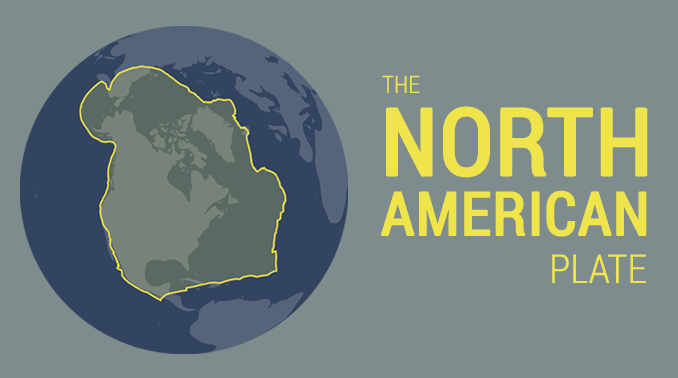
The North American Tectonic Plate
The North American major plate not only contains the continent of North America but also part of the Atlantic Ocean.
The North American plate extends all the way over the North Pole and even contains Siberia and the northern island of Japan. It also includes Greenland, Cuba, and the Bahamas.
Like the seams of a baseball, tectonic plates wrap around Earth. The 2nd largest plate on Earth is the North American Plate. Each plate moves deceptively slowly. For example, the North American plate shifts just centimeters every year.
Earth’s tectonic plate boundaries are strange because they often contain both continental and oceanic crust.
North American Plate Movement
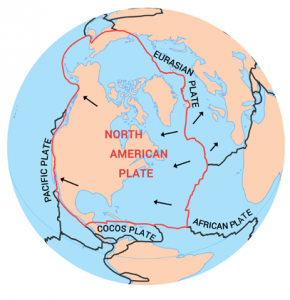
The east side of the North American Plate straddles the Eurasian Plate and African Plate. This is the Mid-Atlantic Ridge where divergent tectonic plates pull apart from each other. In turn, we find some of the youngest geologic rocks at these mid-oceanic ridges.
FARALLON PLATE: The Farallon Plate was an ancient oceanic plate that sunk down subducting below California. In Oregon and Washington, there’s still a small piece of it that exists which is now called the Juan de Fuca plate. During the time of Pangaea, the Farallon plate was largely responsible for pulling North America westward away from Europe and Africa.
The interior of the North American plate contains a giant granitic craton. It’s believed that the North American (Laurentian) craton is 4 billion years old. The total size of this plate is 75,900,000 km2 making it the second largest of the 7 major tectonic boundaries on Earth.
Pick your major tectonic plate
If you live in Canada, the United States, or Mexico, you’d most likely be situated on the North American major plate.
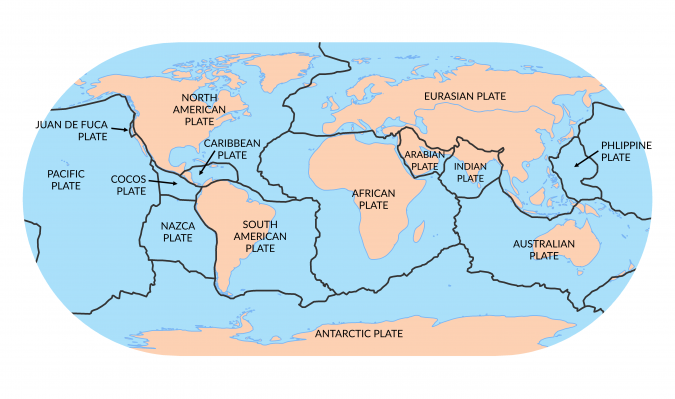
But what are some of the other major plates in the world? Read some of the articles below to familiarize yourself with the geography of plate tectonics.

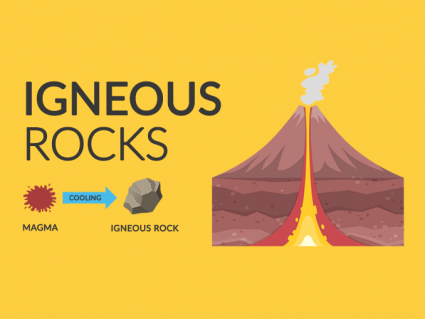

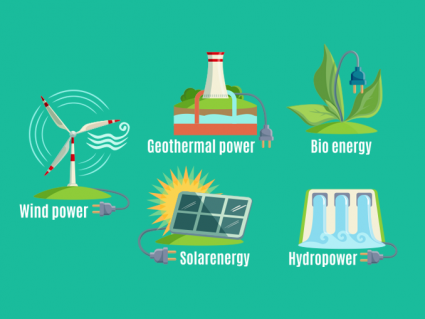
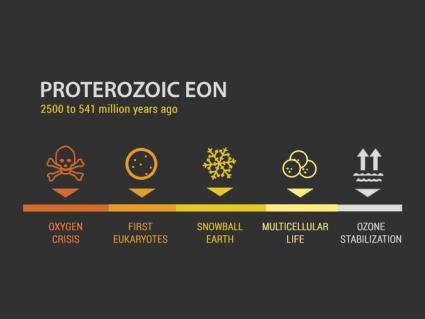
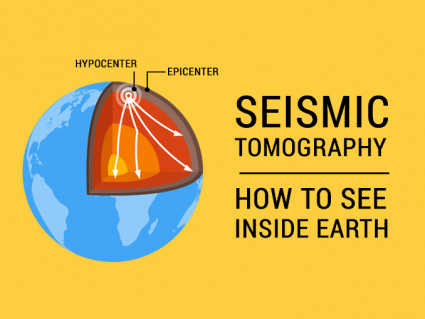
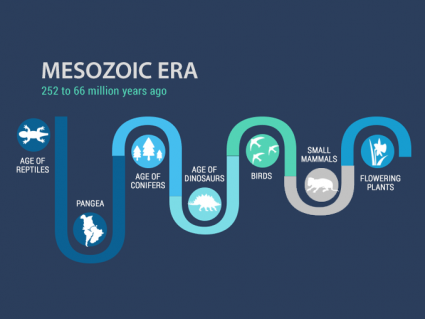
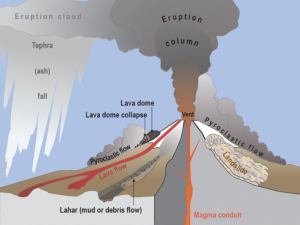
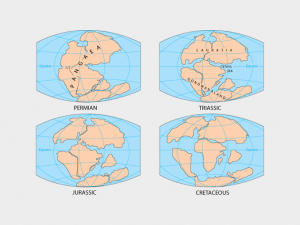
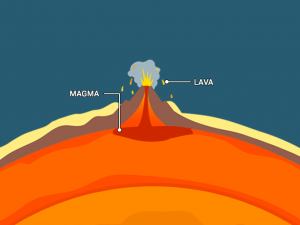
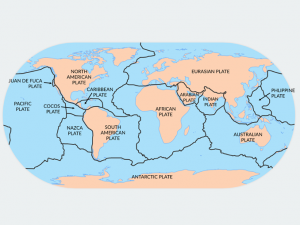
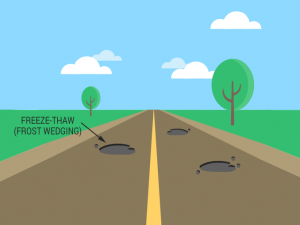
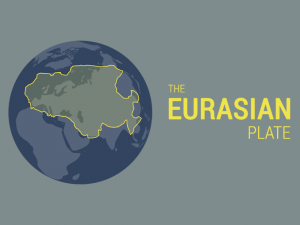
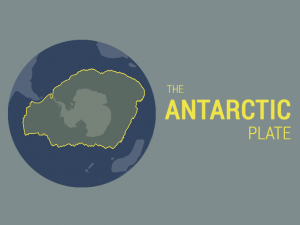
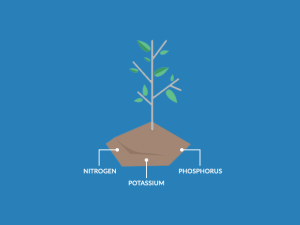
Very nice information, I recommend
This information is helpful but not totally what I need.
Plate tectonics are a natural occurrence. The Earth is made of many tectonic plates because its outer shell, the lithosphere, is not one solid piece but broken into large plates. These plates float on a semi-fluid (plastic-like) asthenosphere beneath them.
Because the Earth’s interior is hot and active, it causes convection currents in the mantle. These currents make the plates move. So, the Earth’s surface have tectonic plates that are always moving…. This is why we have mountains, earthquakes, and volcanoes, when plates interact with each other.
Why is the Earth made of so many plate tectonics? Why are they needed?
I was actually checking the USGS latest earthquakes map and saw that there has been some earthquakes of 2.5+ magnitude – https://earthquake.usgs.gov/earthquakes/map/
There were 5 small earthquakes today (magnitudes-2.5, 2.7, 2.9, 3.3,& 3.4)… For USGS ratings, these are all categorized as minor… All were close to the New Mexico border. As for Texas becoming active again, I don’t know for sure… but seems like there is tectonic movement related to the boundary between the Pacific Plate and the North American Plate like you’ve described.
Is there any observed tectonic movement in central to northwest North America? West TX is experiencing earthquakes and Mt St Helens has become active again.